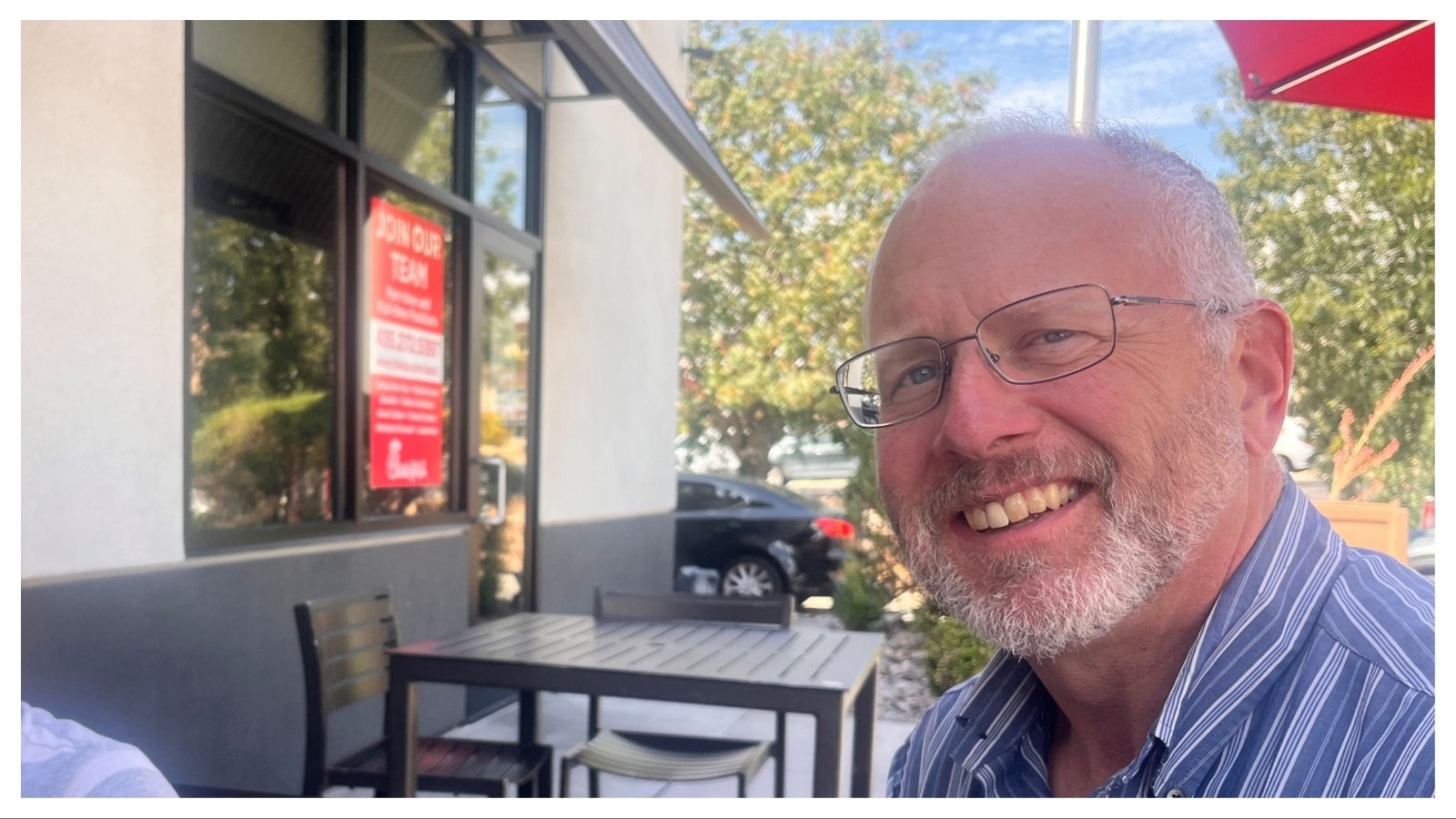By Aaron Turpen
Cowboy State Daily automotive writer
For years now, we’ve seen the car dealership change as trends and technology came and went. But the traditional “walk in, kick the tires, sit down for the sales pitch, haggle, and sign the paperwork” model hasn’t changed that much from the consumer’s side.
Yes, electronic titling, easier access to loans, and other changes on the back end have come to speed up the process, but the basic here-to-there for most consumers isn’t much different now than it was in the 1960s.
But that’s about to change. It’s not a question of if, but a question of when.
Tesla
The first indication that all was not right in the dealership model was when Tesla began attempting to sell cars directly to consumers and met up with state-enforced roadblocks.
These dealership franchising and territory laws, mostly set up as protectionist schemes for existing new car dealers, showed that the status quo was so entrenched it’d become the law.
Trying to buck that trend, Tesla worked around the laws by going to states that didn’t have them or those that had loopholes it could exploit in selling direct to consumers via delivery.
This has worked, to a point, but is on shaky ground as dealer groups (often with the backing of car manufacturers) push to close those loopholes.
Yet Tesla’s efforts did have a payoff that even Elon Musk probably didn’t expect: consumers now know why they can’t buy a car on Amazon or get their cars directly from the manufacturer. Many had been under the assumption that manufacturers “owned” the dealerships they sell from. That ignorance was shattered for many.
Pandemic
Then came the pandemic. With COVID lockdowns and the resulting manufacturing slow-downs and logistical gluts, dealership lots have become nearly vacant of new vehicles to sell. Nationally in 2021, almost a third of new car buyers purchased their vehicle on order via a dealership and waited for it to be delivered.
Previously, that number had been in the single digit percentages. Usually for special order only options or models. Now even common vehicles like family crossovers and small pickup trucks are “backorder” items that must be build-to-order purchased instead of after kicking the tires and taking the traditional test drive.
Logistical slowdowns are likely to continue for some time as manufacturers scramble to fill backorders and suppliers run overtime to attempt to get parts and components to them.
Most in the industry assume we have at least another year or more of low dealership inventory. Which means even more consumers will be buying sight unseen via the ordering process. Probably well over half again this year.
Tea Leaves
What does that mean for the industry?
It means the dealership model is dying. Consumers are getting used to maybe not test driving the exact model they want or getting to kick tires and fiddle with knobs and buttons while mulling over options packages.
Dealerships are adapting to this new model by streamlining their “online ordering” systems for both consumers and salespeople.
Seeing these changes happening, it’s easy to imagine a near-future where dealerships no longer keep large parking lots of inventory to cover every model and various trim levels for them.
Perhaps the dealer will only keep the mainstream “middle-ground” trim and the highest trim on hand for consumers to touch and feel, but then fill most purchases via order instead.
Salesperson
The salesperson, who has become less and less important to the process as the Internet more heavily informs consumers of what’s available, may become more of an order manager and fulfiller in the future.
We already know that the majority of new car buyers who come onto a sales lot already know what vehicle they want and don’t need to be convinced.
Salespeople have largely been trained to guide potential buyers towards an option that is physically available for purchase rather than whatever the buyer had in mind.
With the pandemic, that has become even more important to dealerships for immediate sales, but consumers are clearly happy to buck that attempt and wait for an order instead.
It’s unlikely that laws will change to push dealerships out of their current semi-monopolistic role in selling vehicles.
Unless a concerted push by consumers and manufacturers to remove the middle man from the sales (and its liabilities) process were to happen, dealerships can expect to keep enjoying their current status as the only avenue for new vehicle purchases. Which means the shady practices some are associated with will also continue. But, again, in comes the power of the internet.
Watchdogs
Watching new vehicle sales for the past several months, a clear trend has been happening. Enthusiast and consumer groups for the more must-have models are all over the web and social media.
These groups now often have “watchdog” threads where consumers (and some insiders) post how much markup and what kind of questionable fees some dealerships are adding to those most-wanted models.
One Ford Maverick forum, for example, has several participants photographing the ridiculous markups some dealerships have been putting on the window stickers of that truck. On another, enthusiasts for the Mazda CX-50 have been doing the same for dealership “fees” that are added.
Even the generally bread and butter Chevrolet Equinox has a user group that tracks how long orders are taking to arrive after purchase at various dealerships in a few states.
Consumers Fight Back
Consumers are following this information and acting accordingly. In one example, a person cancelled an order for one vehicle at a dealership with high markups and went 100 miles to another dealership without markups instead.
In another example, a potential buyer walked out of a dealership that refused to remove the added fees and went 30 miles to another that had no fees or markups added. This use of technology is giving consumers an edge and, as it gains popularity, will begin cutting into the bottom line of the less scrupulous dealers in business.
Meanwhile, consumers who did a build-to-order for their vehicle found that they could personalize it in ways they hadn’t considered: like having unusual options and color packages combined. These consumers are touting that personalization on social media. Others are taking note.
We will, eventually, begin to see the role of the dealership lessen in terms of the sales process and increase in terms of the fulfilment side. As more and more consumers become comfortable with the idea of ordering and waiting for their vehicle, dealerships will have to adapt.
Manufacturers have already made it clear that the days of 60 or more days worth of inventory being on car lots are not likely to return. Dealerships will have to adapt to online sales or face the certainty that manufacturers will begin selling online themselves to follow consumer trends.
For consumers, all of these changes will be a good thing, I think. They may take a while to happen, but they’re happening all the same.
Aaron Turpen is an automotive journalist living in Cheyenne, Wyoming. His background includes commercial transportation, computer science, and a lot of adventures that begin with the phrase “the law is a pretty good suggestion, I guess.” His automotive focus is on consumer interest and both electronic and engineering technology. Turpen is a longtime writer for Car Talk and New Atlas.





